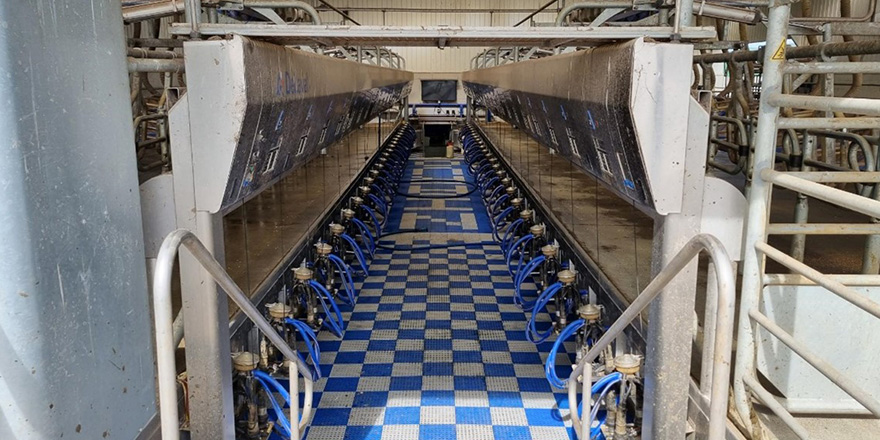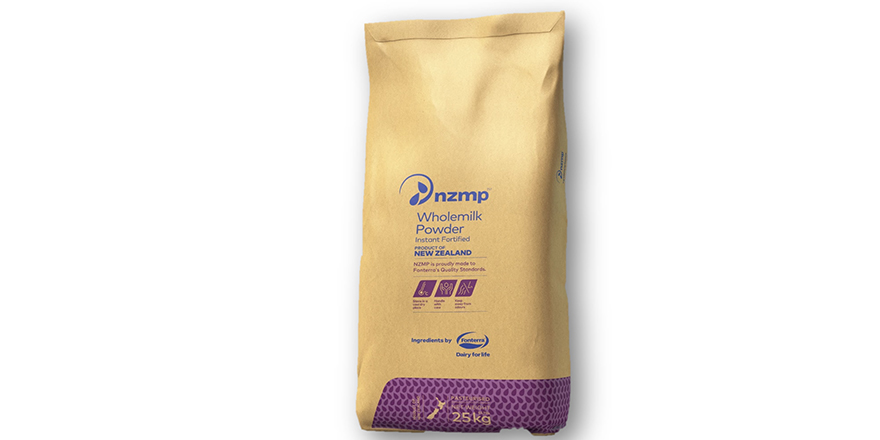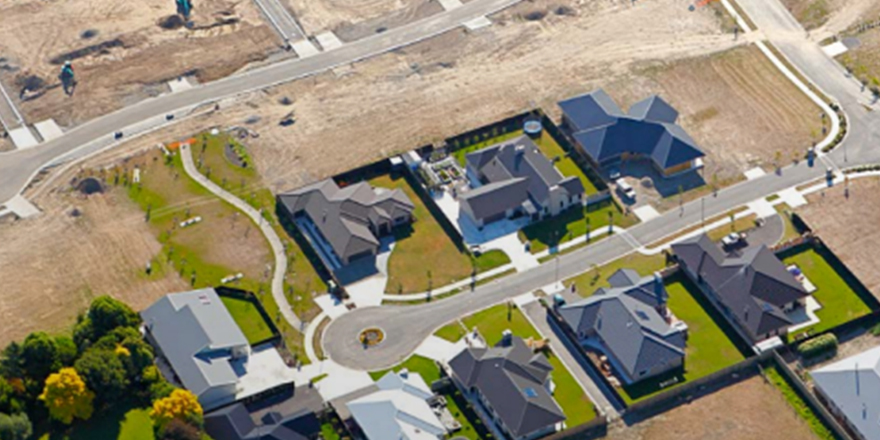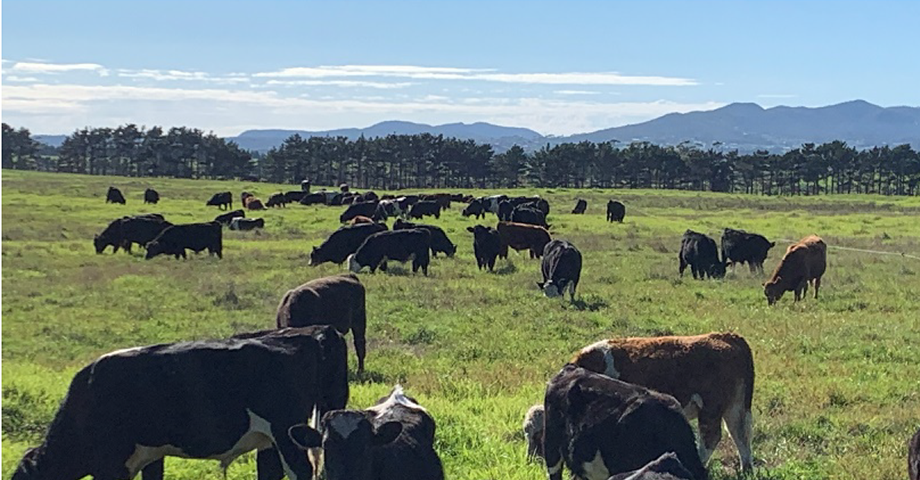Executive summary
The objective of this study was to investigate the aspects of production systems in the New Zealand dairy industry with profitability as the key driver, along with resilience to volatile price swings, international competiveness and an environmental enquiry. Existing data was used for this analysis . Over the past 10 years there has been a substantial increase in supplementary feeding on New Zealand dairy farms, resulting in an increase of more than 100% in feed costs, while cost of debt increased over 40%.
Many decisions to increase farm intensity and supplement feeding are based on a perception that additional feeding will lead to further milksolid production, and therefore, further profitability and return on assets. Caution needs to be taken here, as the key driver of operating profit per hectare on New Zealand dairy farms is the cost of production, as this can be managed within the farmgate, while other variables lie beyond farmer control.
Analysis from this study suggests that although individual farmers operating intensive systems have done well, and can remain profitable in average farmgate milk price seasons, the New Zealand dairy industry as a whole has be come less resilient to external factors, international competiveness has been eroded, and profitability has become difficult in low to average milk price seasons with higher breakeven milk prices required. Intensive farm systems with off-paddock facilities such as cow housing barns, when incorporated in the New Zealand pastoral mode l, have also shown that it is difficult to achieve positive environmental outcomes whilst being profitable, with breakeven milk prices required in excess of $6.50 per kilogram of milksolid.
International datasets show that the overall costs associated with supplementary feeding can be more than 50% of the purchase price when accounting for wastage, utilisation, capital infrastructure, fuel/energy, and repairs and maintenance.
Combining supplements into a pasture based system can have the possibility to enhance total feed intake, production and profitability. However, the real milk solid response is regularly inconsistent and less than anticipated. Results under ideal research conditions showed a response of 70-80g of milksolids per kilogram of supplement dry matter introduced into the diet, while commercial dairy farms only had a 55g response.
However, not all farm system decisions are necessarily based on profitability. Many decisions concerning farm systems, intensity and infrastructure can be based on non-economic factors. This does not mean they are poor decisions, so long as the long term viability of the farming operation is sustained, but farmers must be aware of the implications of doing so.
Farmers need to be cautious of making reflex decisions in altering their systems due to a short term shift in milk price. What needs to be understood is the key drivers and values of the operation, and make decisions based on the core objectives and strategy, current performance, and recognise opportunities to make strategic changes to increase business profitability and resilience.
Zach Mounsey



